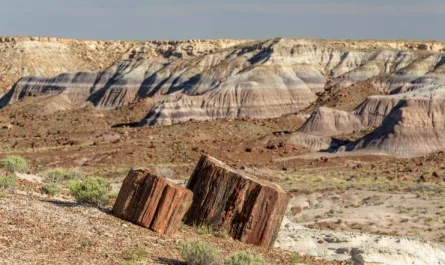Few creatures captivate the human imagination like the unicorn, a symbol of magic and mystery. Are unicorns mere myths, born from storytelling, or did they once roam the Earth? The discovery of the Siberian unicorn, Elasmotherium sibiricum, suggests a fascinating truth: a real, horned beast may have inspired these ancient legends.
A Fossilized Revelation
In 2016, the scientific community was electrified by a discovery in Siberia that reshaped our understanding of the past. According to a study published in the American Journal of Applied Science by researchers from Tomsk State University, fossil evidence revealed that Elasmotherium sibiricum—dubbed the Siberian unicorn—survived far longer than previously thought. Once believed to have vanished 350,000 years ago, a well-preserved skull found in Kazakhstan’s Pavlodar region proved the species thrived as recently as 29,000 years ago, during the Pleistocene era. This find, reported by The Washington Post, extended the creature’s timeline by over 300,000 years.
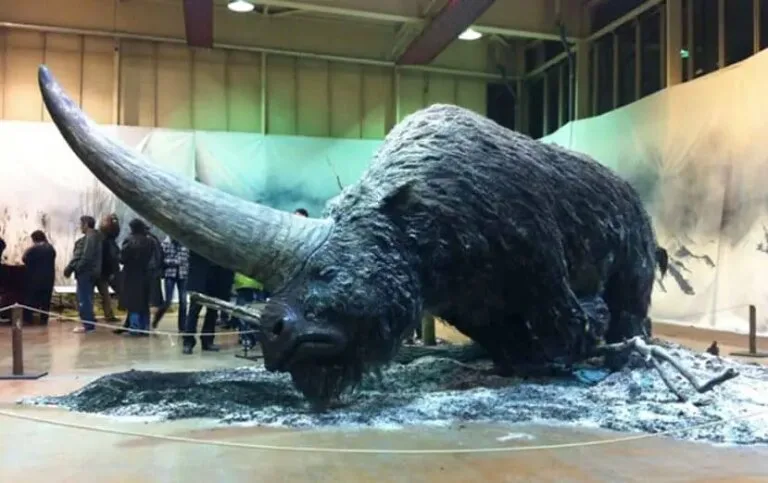
Though resembling a rhinoceros more than the sleek, horse-like unicorn of folklore, E. sibiricum was an awe-inspiring creature. Standing about 2 meters (6.56 ft) tall, stretching 4.5 meters (14.76 ft) long, and weighing around 4 tons, it rivaled a mammoth in size. Covered in thick hair, this beast sported a prominent single horn protruding from its forehead, earning its “unicorn” moniker, as noted by Ancient Origins.
Unearthing the Evidence
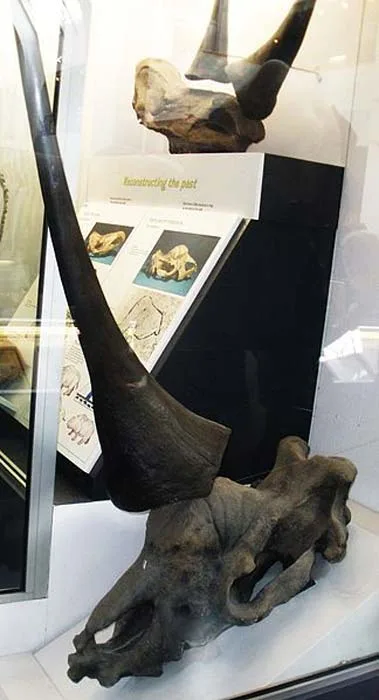
For centuries, evidence of the Siberian unicorn was scarce. In 1808, Johan Fischer von Waldheim, director of the Natural History Museum at Moscow University, discovered a jawbone, providing the first tangible proof of the species and enabling its formal classification. It wasn’t until the 2016 skull discovery that researchers gained deeper insight. The skull, likely belonging to an elderly male, offered no clear clues about the creature’s cause of death but confirmed its existence into a much later period than previously assumed.
The Roots of Unicorn Legends
Unicorn tales permeate cultures worldwide, from China’s K’i-lin to Eastern European folklore, often describing a massive, single-horned beast. The Siberian unicorn may well be the source of these stories. In 1866, explorer Vasily Radlov recorded a Yakut legend from Siberia about a “huge black bull” slain by a spear, so large its body required a sled for transport. Similar tales describe a woolly, horned creature—white or blue—roaming the plains, closely matching E. sibiricum’s description.
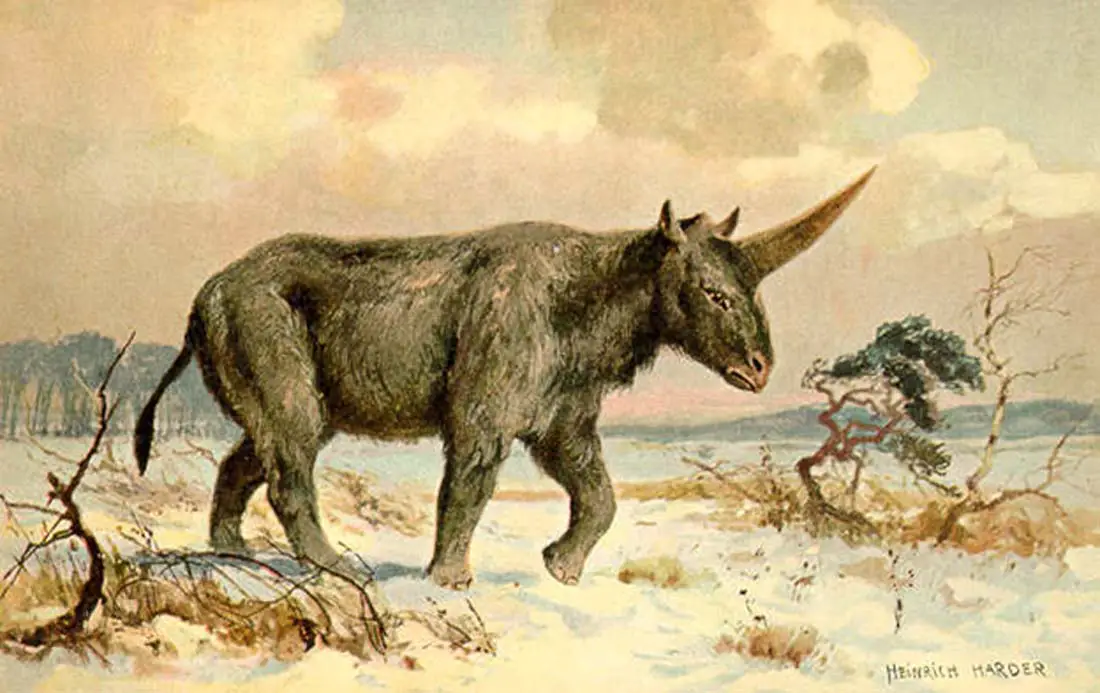
In medieval Northern Russia, the Golubinaia kniga (The Book of the Dove), a collection of ballads with Zoroastrian and Christian influences, depicted a righteous unicorn battling a lion, symbolizing truth triumphing over lies. This creature, said to live on a holy mountain, was revered as the progenitor of all animals, using its horn to dig springs and forge paths. In Arabo-Persian traditions, the unicorn was conflated with the rhinoceros, seen as a harbinger of truth, while in Christianity, its single horn symbolized monotheism.
What Happened to the Siberian Unicorn?
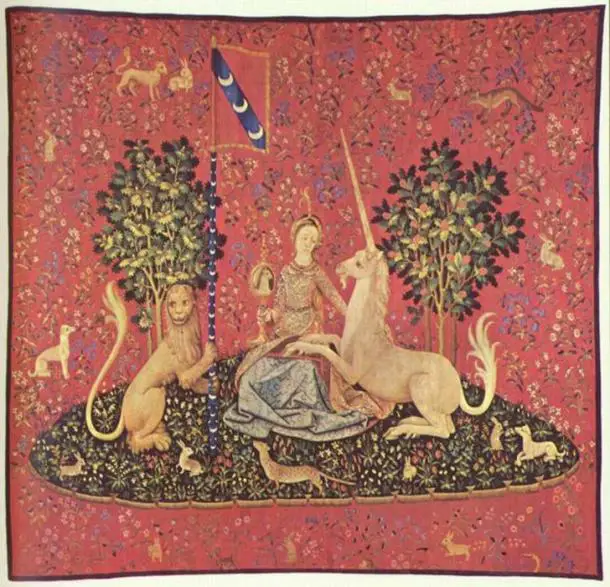
The discovery of fossil residues in the southeast of the West Siberian Plain indicates that Elasmotherium sibiricum inhabited the region for millennia. Yet, the reasons for its extinction remain elusive. Environmental changes during the Pleistocene, such as shifting climates or habitat loss, are likely culprits, but no definitive cause has been pinpointed. Understanding the Siberian unicorn’s demise could offer insights into modern extinction risks, making further research critical.
A Legacy Shrouded in Mystery
The Siberian unicorn bridges myth and reality, a colossal creature that likely inspired centuries of storytelling. While we now know it existed, questions linger about its life, behavior, and ultimate fate. Ongoing studies and future discoveries are essential to fully unravel the story of this prehistoric marvel. For now, the Siberian unicorn remains a testament to the wonders of Earth’s past, sparking curiosity about the creatures that once shared our world.

